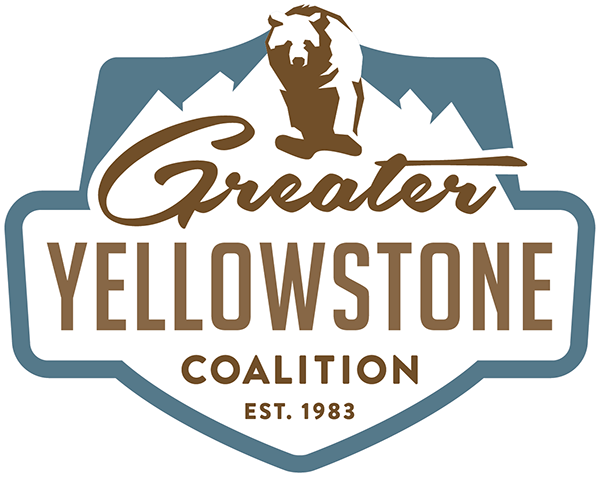
Beavers: Our Partners in River Restoration
Beavers are a key part of the Greater Yellowstone Ecosystem and GYC’s efforts to protect and restore its water resources
In a quiet, slow-moving tributary of the Yellowstone River, a ripple disturbs the surface of a small pond. As the water stills and silence returns, a sleek, brown mammal suddenly emerges onto the muddy shoreline. Disappearing into the willows, it only returns once a suitable tree branch has been selected, pruned, and brought back for inclusion to the pond’s growing dam structure. This beaver works tirelessly to procure food and create an environment that suits its survival needs. In doing so, it benefits not only itself but a wide range of plant and wildlife species that depend on the beaver’s role in the ecosystem.
That's why beavers are known as a keystone species—one with an outsized impact on its environment, and in whose absence the Greater Yellowstone Ecosystem wouldn’t look the same. Let’s learn about this remarkable and often overlooked creature, and how GYC is partnering with them to safeguard water resources and combat the impacts of climate change.

Beavers have played a pivotal role in the creation and maintenance of wetland habitat along the rivers, streams, and lakes of the Greater Yellowstone Ecosystem for millennia. Until a few hundred years ago, North America was home to hundreds of millions of beavers. Centuries of exploitation and habitat loss have since reduced their number to a fraction of that, including right here in Greater Yellowstone.
The loss of beavers—and subsequent loss of their effects on the local environment—are felt by a whole host of other species, from frogs, bats, and birds to bison, elk, and grizzly bears. Beaver dams provide critical benefits to the local ecosystem, such as:
Storing rain and snowmelt to release later in the summer.
Reducing flood damage.
Improving water quality by filtering out contaminants.
Recharging groundwater.
Resisting the impacts of drought and wildfire.
Cold, clean water is the lifeblood of Greater Yellowstone, supporting iconic fish and wildlife, thriving communities, and booming recreation and agriculture economies. In the absence of beavers, the impacts of climate change and increasing development will be enhanced, taking a toll on the water resources people and wildlife in the region depend on.
Conserving the waters of Greater Yellowstone is a key tenet of GYC’s mission, and now we are working alongside these industrious creatures to restore lands along rivers, lakes, and streams in a warming and drying ecosystem. These efforts include reintroducing beavers where they’ve been lost, restoring their former habitat, and advocating for sensible management.
By working with beavers, GYC is helping ensure a future where Greater Yellowstone’s waters—and all who depend on them—can thrive now and into the future.
Check out the Voices of Greater Yellowstone Podcast to dive deeper into the role beavers play across the ecosystem.


